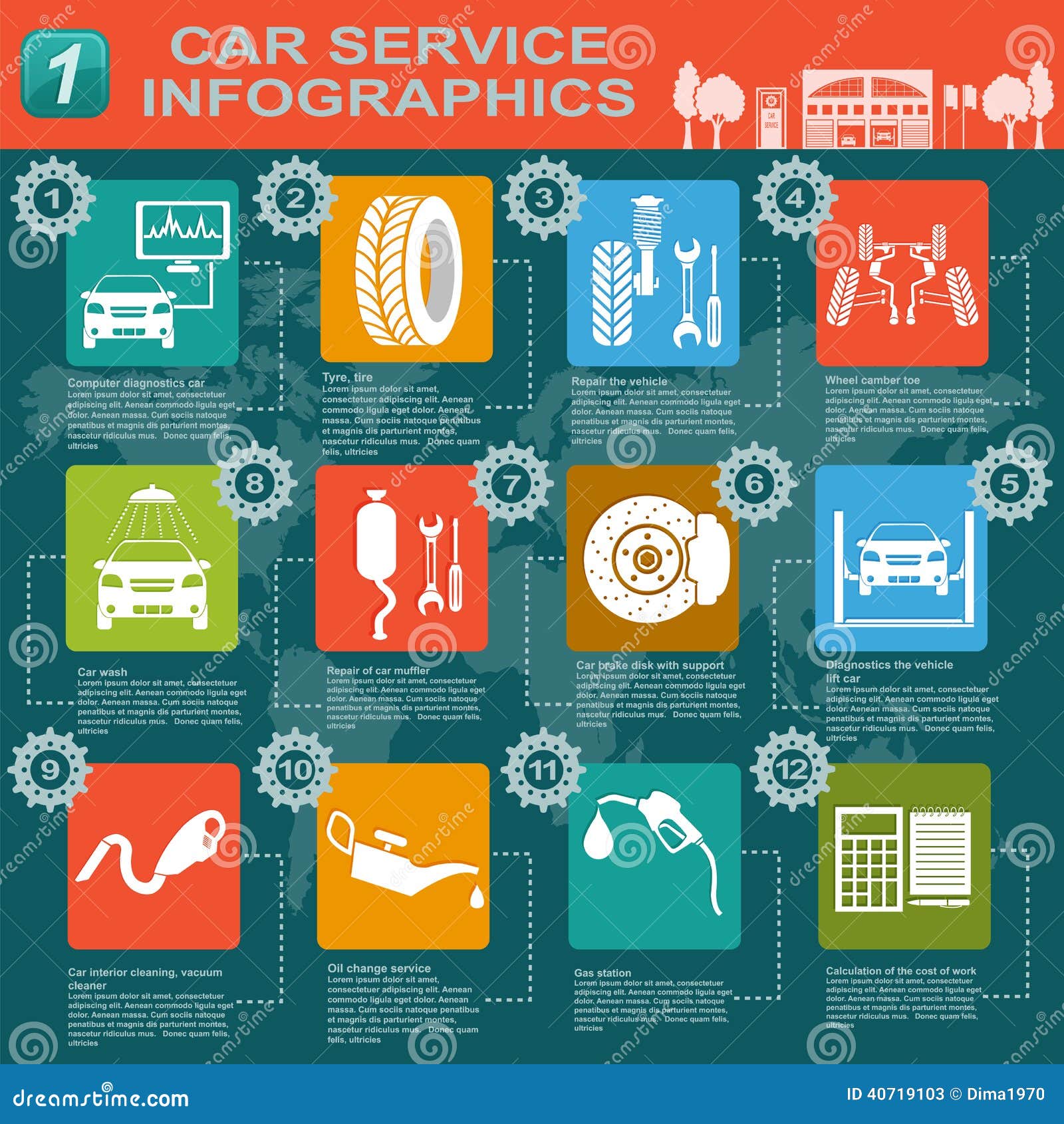Translating Your Automobile'S Caution Indicators: What They Absolutely Indicate
Translating Your Automobile'S Caution Indicators: What They Absolutely Indicate
Blog Article
https://andyoicvq.webdesign96.com/31734200/discover-the-complexities-of-specialist-vehicle-outlining-improved-by-the-special-understandings-of-a-knowledgeable-professional By-Faulkner Forbes
When you're behind the wheel, those glowing caution lights on your dashboard can be a bit puzzling. Do https://what-is-ecu-tuning16150.bloggactif.com/32196527/analyzing-your-automobile-s-caution-indicators-what-they-actually-communicate understand what they're attempting to inform you regarding your car's wellness? Comprehending the relevance of these lights is essential for your safety and security and the longevity of your car. So, the next time one of those lights appears, wouldn't you intend to decipher its message precisely and take the necessary steps to resolve it?
Common Warning Lights and Interpretations
Recognize common caution lights in your auto and comprehend their meanings to guarantee risk-free driving.
The most common caution lights include the check engine light, which signals problems with the engine or emissions system. If this light comes on, it's important to have your automobile examined immediately.
The oil stress alerting light indicates low oil stress, calling for prompt attention to avoid engine damages.
A flashing battery light may suggest a faulty billing system, possibly leaving you stranded if not attended to.
The tire pressure monitoring system (TPMS) light signals you to low tire pressure, influencing car security and fuel performance. Overlooking this could cause dangerous driving problems.
The abdominal muscle light suggests an issue with the anti-lock stopping system, jeopardizing your capability to stop quickly in emergencies.
Lastly, the coolant temperature level alerting light warns of engine overheating, which can result in severe damages if not settled quickly.
Comprehending these usual warning lights will certainly aid you deal with problems immediately and keep secure driving problems.
Significance of Prompt Interest
Recognizing the common caution lights in your auto is just the primary step; the importance of promptly resolving these cautions can't be stressed enough to ensure your safety on the road.
When a caution light illuminates on your control panel, it's your automobile's means of connecting a potential issue that requires interest. Ignoring these warnings can result in a lot more extreme troubles down the road, compromising your safety and potentially costing you a lot more out of commission.
Trigger attention to warning lights can stop malfunctions and crashes. As https://www.shawlocal.com/northwest-herald/news/2022/07/20/two-auto-repair-shops-damaged-in-algonquin-fire-tuesday/ , a flashing check engine light could suggest a misfire that, if left ignored, can create damage to the catalytic converter. Resolving this promptly can conserve you from an expensive repair.
Similarly, a brake system warning light might signify low brake liquid or worn brake pads, important elements for your security when driving.
DIY Troubleshooting Tips
If you see a caution light on your dashboard, there are a couple of DIY troubleshooting tips you can attempt before seeking professional aid.
The first step is to consult your automobile's guidebook to understand what the particular warning light suggests. Sometimes the concern can be as easy as a loose gas cap setting off the check engine light. Tightening up the gas cap might resolve the trouble.
One more usual concern is a reduced battery, which can cause different warning lights. Checking the battery links for deterioration and ensuring they're protected may fix the trouble.
If a warning light lingers, you can attempt resetting it by detaching the car's battery for a few minutes and afterwards reconnecting it. Additionally, examining your car's fluid degrees, such as oil, coolant, and brake liquid, can help troubleshoot warning lights connected to these systems.
Conclusion
In conclusion, understanding your automobile's caution lights is vital for maintaining your automobile running smoothly and safely. By immediately resolving these signals and understanding what they suggest, you can stay clear of costly repair work and prospective failures.
Remember to consult your cars and truck's guidebook for particular details on each warning light and do something about it as necessary to ensure a hassle-free driving experience.
Keep informed, remain safe when driving!
